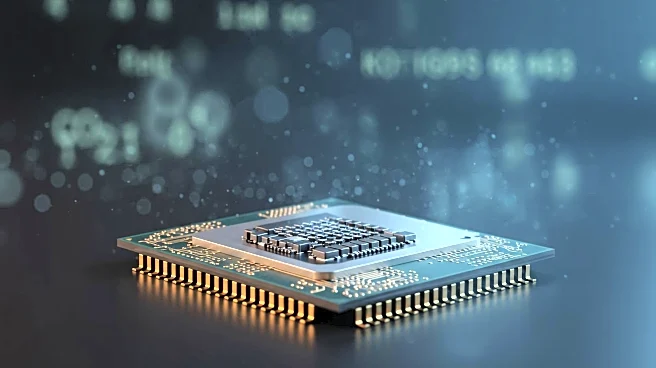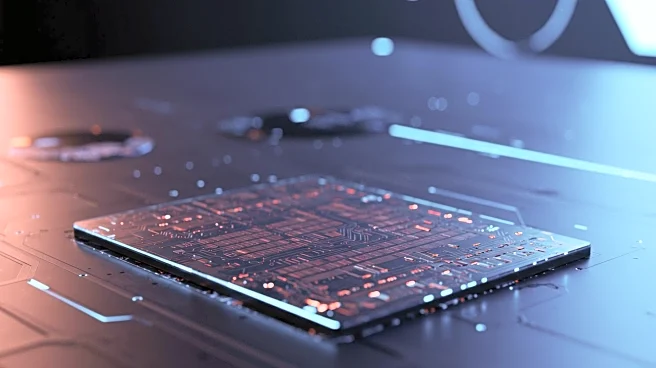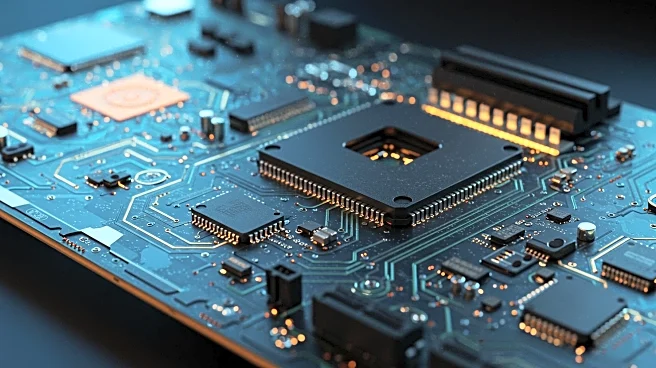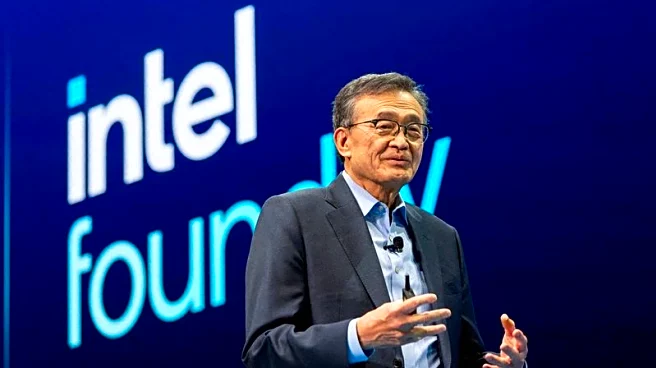Rapid Read • 7 min read
Craig Barrett, former CEO of Intel, has outlined a plan to rescue Intel and bolster America's advanced chip manufacturing capabilities. Barrett emphasizes the necessity of Intel as the sole U.S. company capable of state-of-the-art logic manufacturing. He highlights the lack of plans from Samsung and TSMC to bring their advanced manufacturing to the U.S. Barrett suggests that U.S. tech giants like Nvidia, Apple, and Google should invest in Intel to ensure a second source for manufacturing, citing reasons such as pricing, geographic stability, and supply line security. He proposes a $40 billion investment from customers to make Intel competitive, arguing that Intel's current cash constraints hinder its ability to invest in necessary capacity.
AD
Barrett's proposal underscores the strategic importance of domestic chip manufacturing for national security and economic stability. The U.S. semiconductor industry faces challenges from global competitors, and Intel's ability to lead in technology is crucial for maintaining technological sovereignty. Barrett's plan calls for significant investment from tech companies, which could reshape the industry's landscape by fostering collaboration between manufacturers and customers. This approach could mitigate risks associated with reliance on foreign suppliers and enhance the U.S.'s position in the global semiconductor market.
The success of Barrett's plan hinges on the willingness of major tech companies to invest in Intel. If implemented, this strategy could lead to increased domestic production capacity and innovation in chip technology. The U.S. government may play a role by incentivizing investments through policy measures, such as tariffs on semiconductor imports. The plan also suggests potential restructuring within Intel to attract customer investment. Stakeholders, including policymakers and industry leaders, will need to collaborate to address the financial and strategic challenges facing Intel and the broader U.S. semiconductor industry.
AD
More Stories You Might Enjoy











